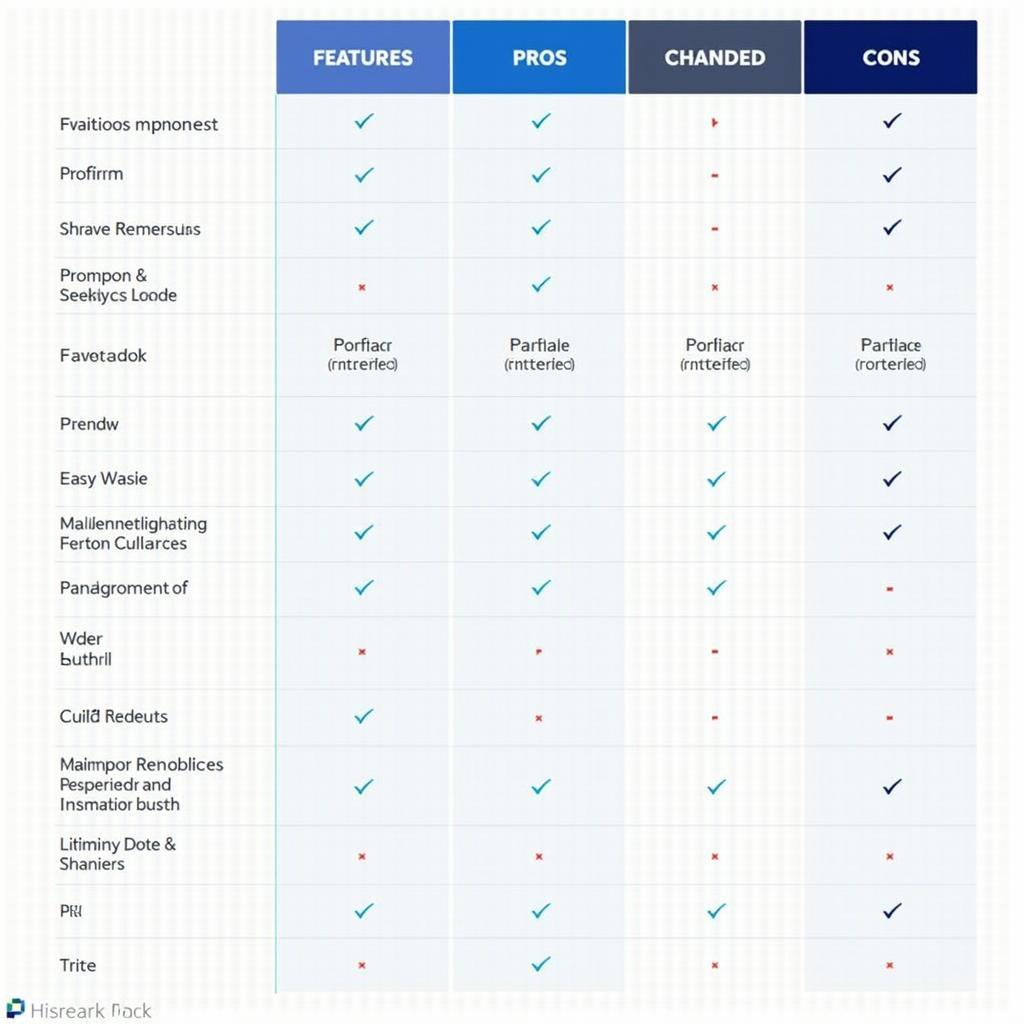Developing a standalone Java application for a car service centre can streamline operations, improve customer service, and boost overall efficiency. This approach allows for customized solutions tailored to the specific needs of the car service centre, from appointment scheduling and inventory management to customer relationship management (CRM) and diagnostic reporting.
Benefits of a Standalone Java Application
A standalone Java application offers numerous advantages for a car service centre. Unlike web-based applications, standalone applications don’t require an internet connection for core functionality, ensuring uninterrupted operations even during network outages. Java’s platform independence allows the application to run seamlessly across different operating systems, reducing hardware compatibility issues. Furthermore, a dedicated application can be optimized for specific hardware configurations, maximizing performance and responsiveness.
Key Features to Include
A comprehensive standalone Java application for a car service centre should encompass several key features:
- Appointment Scheduling: Enable customers and staff to easily book, reschedule, and manage appointments.
- Inventory Management: Track parts, supplies, and other resources efficiently. Generate automated alerts for low stock levels.
- Customer Relationship Management (CRM): Store and manage customer information, service history, and communication logs.
- Diagnostic Reporting: Integrate with diagnostic tools to generate detailed reports, streamlining the repair process.
- Invoicing and Billing: Generate accurate invoices and manage payments seamlessly.
- Employee Management: Track employee hours, performance, and payroll information.
Developing Your Java Application
Developing a standalone Java application involves several key steps:
- Requirements Gathering: Clearly define the functionalities and features required by the car service centre.
- Design: Create a detailed design of the application architecture, user interface, and database schema.
- Coding: Write the Java code implementing the application logic and functionality.
- Testing: Thoroughly test the application to identify and fix any bugs or issues.
- Deployment: Install and configure the application on the car service centre’s computers.
Choosing the Right Framework
Choosing a suitable Java framework can significantly simplify the development process. Popular frameworks such as Spring and JavaFX offer robust tools and libraries for building user interfaces, managing data access, and handling other common tasks.
“Selecting the right framework can significantly impact the development timeline and maintainability of the application. Consider factors like community support, documentation, and ease of use when making your decision.” – John Smith, Senior Java Developer at AutoTech Solutions.
Integrating with Existing Systems
Integrating your standalone Java application with existing systems, such as accounting software or diagnostic tools, can further enhance its value. This integration enables seamless data flow and eliminates manual data entry, improving accuracy and efficiency.
Data Security and Privacy
Implementing robust security measures is crucial to protect sensitive customer and business data. Employing encryption, access controls, and regular security audits ensures compliance with data privacy regulations and maintains customer trust.
“Data security is paramount in any application dealing with customer information. Ensure that your application adheres to industry best practices and relevant data privacy regulations.” – Maria Garcia, Cybersecurity Consultant at SecureAuto Systems.
Conclusion
A standalone Java application offers a powerful solution for car service centres seeking to streamline operations, improve customer service, and enhance overall efficiency. By incorporating key features and integrating with existing systems, these applications can provide a significant competitive advantage in today’s automotive industry. Developing a well-designed and secure Java application is a valuable investment for any car service centre looking to modernize and optimize their business processes. Standalone Java application code can revolutionize the car service center experience.
FAQ
- What are the advantages of a standalone Java application over a web-based application for a car service centre?
- Which Java frameworks are suitable for developing a car service centre application?
- How can I integrate my Java application with existing systems?
- What security measures should I implement in my application?
- How can I deploy my Java application on the car service centre’s computers?
- What are the key features to include in a car service center application?
- How can I ensure the scalability of my Java application?
For support, contact WhatsApp: +1(641)206-8880, Email: [email protected]. We have a 24/7 customer support team.


